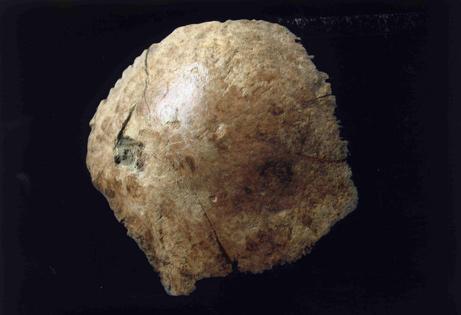Kevin Holden Platt in Beijing, China
for National Geographic News
February 20, 2008
A human skull tentatively dating back 80,000 to 100,000 years may shed light on a murky chapter of evolutionary history, its discoverers say.
An excavation team led by Chinese archaeologist Li Zhanyang recently found the shattered fossil in the central province of Henan.
China's government-run press was quick to describe the skull as "the greatest discovery in China after Peking Man," but archaeologists and paleoanthropologists say it's a much more modest find.
The Chinese report suggested that the fossil came from a modern human, which would have forced a radical reworking of current theories about when our species first left Africa.
Instead, experts say, the skull likely belongs to a sister or precursor species to modern humans.
While still too early to judge the skull's true significance, the scientists add, it hails from a pivotal evolutionary period, when modern-day humans began to supplant the ancestral human species Homo erectus.
The discovery raises the chances that the two species may have overlapped for some time in China, possibly interbreeding and sharing tools, experts say.
Li—who is now working with Beijing's Institute of Vertebrate Paleontology and Paleoanthropology (IVPP) to reconstruct the fossil—says the skull shows characteristics of both archaic humans and of Homo sapiens.
Cradle of Humanity
A series of half-million-year-old skulls belonging to Homo erectus, collectively called "Peking Man," were found in a massive cave on the outskirts of Beijing in the 1920s and 1930s.
This led many archaeologists to hypothesize that China might be the cradle of humanity, which fit in perfectly with the country's view of itself at the time as the world's "Central Kingdom."
But subsequent digs across Africa unearthed much earlier species, giving rise to the "Out of Africa" model of human origins: Increasingly intelligent humans evolved in Africa, then spread out in widening waves across Asia and Europe
